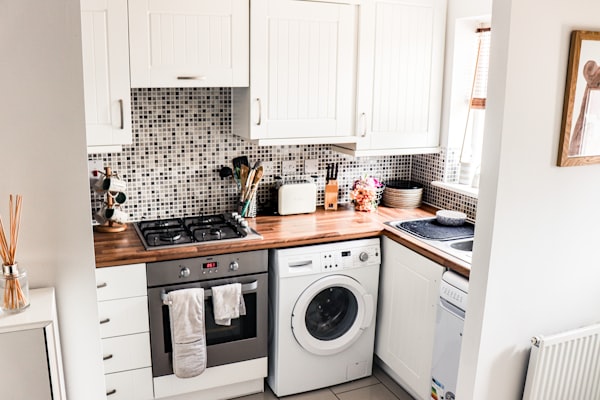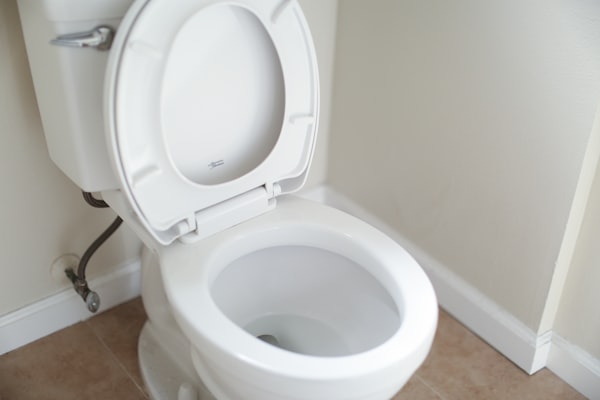Effective home maintenance can be implemented in most circumstances by preventing problems from occurring. Some challenges can be difficult to anticipate and counter against, but common issues in our properties can be rectified ahead of time. To prevent many of these issues from happening in your properties, let’s take a look at the top 10 most common issues found in UK homes.
When it comes to home maintenance in the UK, 27 per cent of homeowners ignore minor maintenance issues until they escalate and need urgently addressing.
Leaving maintenance issues to morph into growing problems raises the costs of the fix, and can potentially damage the long-term value of your property. Preventing maintenance issues as soon as possible is therefore crucial.
Many of these issues are common in UK homes, and can also be easily rectified before evolving into an ever-growing hole in your finances.
What are the top 10 most common issues?
Damp and mould / poor ventilation
As discussed in our previous article looking at preventive maintenance, dampness and mould can cause respiratory problems and issues with the immune system when not handled correctly.
The cause is typically down to poor ventilation in the property, which can also lead to a build-up of condensation on doors and windows.
As these problems are so common, there are a wealth of fixes to the situations that range from specialist treatments to good old fashioned elbow grease.
The main solution to preventing these problematic spores from forming is to ensure your property is well ventilated. Fitting extractor fans and vents in rooms (particularly kitchen and bathrooms, where steam from cooking and showering builds up)
Blocked gutters
Blocked gutters occur when a build-up of debris prevents water from descending down drainage pipes as intended.
This not only has the potential to damage the guttering itself, but also cause rainwater to proceed back into the roof.
This can further contribute to the problem of dampness and mould, further adding to the costs stemming from the issue.
Gutters should be checked as part of a maintenance schedule and cleared of any debris respectively. The most crucial time to do this is at the end of autumn when leaves are likely to have blown into the guttering. This can lead to water breaching the property and creating problems during the winter months, the least desirable time to contend with leaky homes.
Leaking roofs
Blocked gutters aren’t the only cause of leaking roofs. Cracked tiles, improper flashing or damaged/old shingles all contribute to an undesirable leaking roof. Regardless of the cause, damp and mould issues can be caused by failure to address issues with the roof.
Water from a leaking roof can also play havoc with electrics, which can generate a whole other type of problem.
Assess the roof (particularly prior to winter) internally and externally, and make remedies where necessary. Normally you will only have to replace one section of the roof as opposed to the entire structure, so the costs aren’t likely to spiral out of control.
Poor drainage
A common but usually easy issue to rectify. Poor or blocked drainage can ultimately lead to a host of problems, such as leaks (both minor and major), and potentially structural damage, whilst also posing a risk to environmental health.
Blocked drains and guttering are the main cause of poor drainage in UK homes. Replacing grids and having pipes inspected can help to ensure the drainage of your property is working effectively.
Faulty wiring
Insufficient or outdated electrical wiring and systems can be problematic in the long term. As a nation, we have grown to rely on more electrical devices in our properties, such as smart speakers and hub devices.
The surge in electrical device usage can put too much strain on older properties and electrical systems, and cause frequent power outages. Furthermore, faulty wiring can be a potential hazard and a cause of house fires if not assessed and tended to properly. 12,500 electrical fires are reported on average in UK homes every year, in addition to reports of 2,000 electric shock incidents.
Sorting electrical wiring and systems is not an inexpensive nor tidy job, particularly in older properties which may require a full rewire. Re-wires also mean partial or full redecoration depending on the nature of the work on completion, so serious budgeting needs to be factored in.
Old boilers
Particularly where tenants are concerned in buy-to-let properties, old boilers can be a worrying issue, particularly in the winter months when the problems commonly flare-up.
Boilers should be serviced annually to ensure they are in good working order. In rental properties, landlords are required by law to ensure they are serviced by a qualified engineer, regardless of age.
You should attempt to familiarise yourself as much as possible with your boiler, as well as how to diagnose some of the potential fixes (such as bleeding radiators and topping up the pressure).
New boilers are costly investments, but new parts for older boilers can equally add up. You may have to weigh up the pros and cons in your budgeting as to whether to keep your current boiler in action or if it is time to upgrade to a new system.
Old or damaged heating systems
Boilers aren’t the only issue when it comes to heating in a property. To properly heat a home (and to do so energy efficiently), the full heating system needs to work harmoniously. Malfunctioning heating controls, cracked heat exchangers and blocked chimneys are common problems with UK properties, and can raise the cost of heating bills.
Regular maintenance checks of the system (particularly in the run-up to and during winter) are helpful to identify any prospective issues and give you an idea of budgeting for replacements. A total heating system swap out in a UK property is not an inexpensive task, nor a tidy one.
Brickwork pointing
Pointing is the mortar that holds bricks together. For older properties, the ageing mortar will need to be checked to ensure the brickwork still holds its structural integrity.
For new build homeowners or prospective buyers, mortar should be inspected prior to purchasing (if the property has already been built), or before the keys are handed over before completion.
New-build developments over the years have seen many homeowners criticise the standards of the brickwork pointing, including the use of a weak mortar that no longer meets regulatory standards.
Regardless of if you own a new build or a pre-existing property, you should always be mindful to do checks on brickwork and the pointing. Holes or cracks can lead to structural issues, or even insects and pests making their way into the property.
Unwanted pest
No matter the time of year, there will always be one form of wildlife that will look to make their home in your property. Bees and wasps have tendencies to make nests in attics. Spiders look to head inside during the winter months, and the start of the COVID-19 pandemic saw a 120 per cent increase in pest controller call-outs relating to rats and mice.
Pest problems need to be addressed swiftly, as they are likely to escalate much quicker than other common problems and can be costly to solve through repeat visits from pest controllers. Checking potential entry/exit points can be done when examining the brick pointing.
Rotting doors, windows and timber structures
Fungi growth and the presence of pests are both origins are of problems relating to the rotting of timber structures; mainly an issue with older properties. The build-up over time of this rot usually occurs in darker spots, such as corners and poorly lit rooms.
Rotting windows and doors can render them ineffective, and also harm the energy efficiency of the property. Issues to major timber structures can compromise the integrity of the entire property.
Maintaining the current windows and doors, or even investing in newer ones can counter the presence of detrimental rot, whilst regularly scheduled checks can ensure your timber is kept in good condition.
With many of these issues being so common, the remedies are easily identifiable. The costs will range depending on the type of issue, so it is important to budget accordingly for all occasions.
Start your own free preventive maintenance plan. Click or scan to install. Each plan has been designed by experts and is tailored to your home by Planna.









